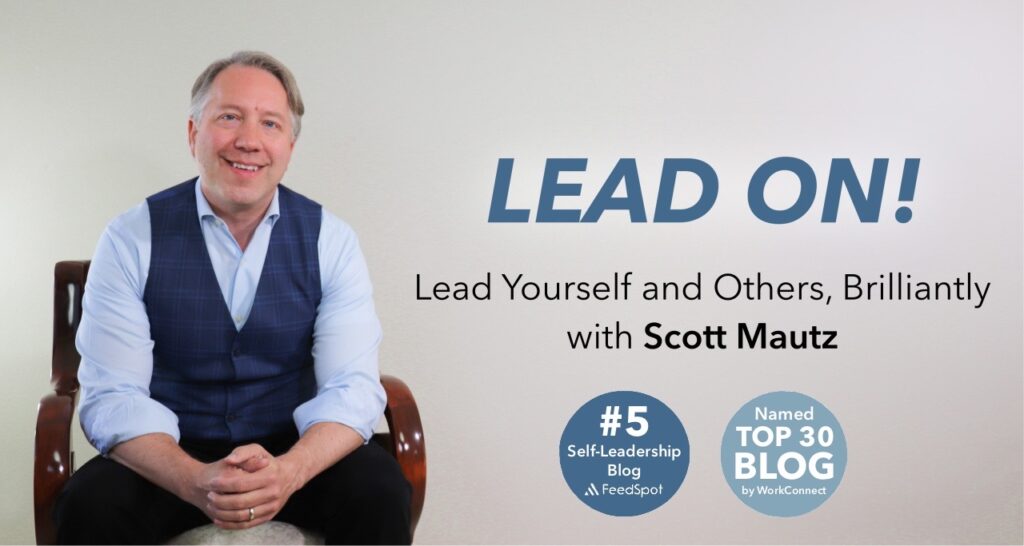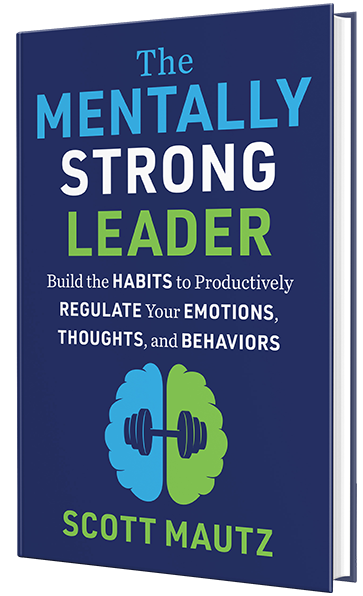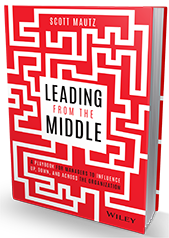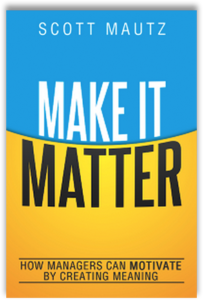
INSIGHTS (on leadership/self-leadership)
I get asked frequently how I keep perspective and stay so positive-minded in today’s increasingly troubling world (insert here what’s got you down of late – politics, global conflict, divisiveness, etc.) I want to share a framework I use that really works for me, in hopes it might be of use to you. I’ve even visualized it for you below; a fairly simple process I call Inner-Calm Compartmentalizing.

I’ll explain, starting with the three circles you see. The largest, outermost circle represents all the things that happen in the world that are hard to process, that cause me concern and worry. In the center of the model, the smallest circle, is My Village. This is my “inner-circle” within the vastly bigger outer world, the small community of people I care most about, family and friends I want to protect, help, be with, be happy with, grow with. At times when the larger surrounding environment seems most troubling, My Village expands (represented by the four arrows pointing outward). Meaning, even more of the total focus I have to allocate in my life goes to that inner circle. I can’t control what’s happening in the outer world, but I can place more focus on strengthening the bonds within My Village, on fueling a mutually supportive community that finds warmth, solace, and happiness in one another.
My focus shifts even more to what matters most.
Now, of course, I realize I’m blessed to live in a much bigger, extraordinary world, albeit peppered with plenty to be troubled by. And so, the cost of living on such an incredible planet is that I obviously must deal with the concerning byproducts. That’s where the compartmentalization piece comes in – the three segments of the outer most circle. Here, I place troubling events into one of three “compartments:”
I can ultimately accept it, having arrived, through conscious effort, at least at an understanding of why that thing happened. (That doesn’t mean I have to like it, though).
I can sit with it. That is, it’s something I don’t really understand, I can’t really accept it, but I also can’t let it eat away at my sense of inner-peace, dimming my worldview and causing me to spiral down in hopelessness. I can change my relationship with that event, letting it sit in the background, knowing that the impact still exists, and won’t go away. In other words, I focus not on “letting go,” but “letting be.” (After all, “letting it go” is known as cognitive dismissal, one of the hardest things to do in all of psychology).
Or I can change it. Not all by myself (although that’s great if I can). I mostly mean by taking small actions that flow against the current of negativity the bothersome event has created. Small actions that can feed into larger streams of change.
I’m not saying my framework is flawless. But when the world seems like it’s conspiring to get me down, it helps me stay up. I hope it helps you, too.
IMPERFECTIONS (a mistake many make)
I was recently in Dallas, Texas, for a keynote, and toured the world-famous Dallas Cowboys stadium beforehand. Pictured below is the suite where billionaire owner, Jerry Jones, watches each game (he sits in the middle seat with his two sons on either side).

Now take a closer look at the photo and note the red phone on the left side, sitting there like a DEFCON warning system. Which, it kind of is. Jones uses the phone to reach the head coach (or any coach presumably) on the sidelines during the game.
Which got me thinking about the dangers of micromanagement. Just in case you pick up the red phone to interfere with your people at work now and then, or have a boss who swoops in all too often to “get involved” (in an unhelpful way), remember this.
Micromanagement crushes souls, not goals.
Nothing says “I don’t trust you” more than micromanaging your employees. It crushes their sense of ownership, squashes learning, slows work down, and drains motivation, among other issues. Now, think of the opposite, when you have autonomy and freedom to achieve an objective as you see fit – it’s intensely motivating and meaningful.
You can create this empowering feeling (versus the controlling alternative) by granting what I call, intelligent autonomy. It’s the process of delegating work in a highly effective way (as granting autonomy can often go very wrong). To do so, create an “Agreement for Autonomy,” which is either a document or a discussion that spells out the operating rules for the handover of power. It helps ensure that all parties involved are clear and comfortable with the delegation of work. It’s empowerment done right. If you’re interested, click here to download a free PDF titled “8 Ways to Grant Intelligent Autonomy” that outlines the exact steps to take.
By the way, I’m not hating on the Cowboys (I have nothing against them), but many a sportswriter will tell you that Jones’ “overly hands-on style” might have something to do with the fact that, as of this writing, they haven’t won a Super Bowl in three decades.
IMPLEMENTATION (one research-backed strategy, tip, or tool)
In my new LinkedIn Learning course, “Top 10 Overlooked Productivity Hacks,” I share a secret for getting others to respond positively to your requests for help (thus increasing your productivity).
Appeal to a desired identity.
I’ll explain. We use verbs when asking people to do something. “Can you help me with this project?” “Can you lead the effort here?” “Would you listen to what I’m saying?” You’re requesting an action, and some people will say, “yes.” But Wharton research shows you’ll get a “yes” 30 PERCENT MORE OFTEN just by using a subtle word change.
Rather than asking people to help, ask them to be a helper.
Rather than asking them to lead, ask them to be a leader.
Rather than asking them to listen, ask them to be a listener.
In so doing, you’re appealing to people’s desired identities – far more powerful than them just doing something for you. Who wouldn’t want to be thought of as a helper, leader, or listener? It works – even for discouraging actions that you don’t want. One psychology study showed saying “don’t be a cheater” vs. “don’t cheat,” reduced actual cheating by more than 50%!




Leave a Reply